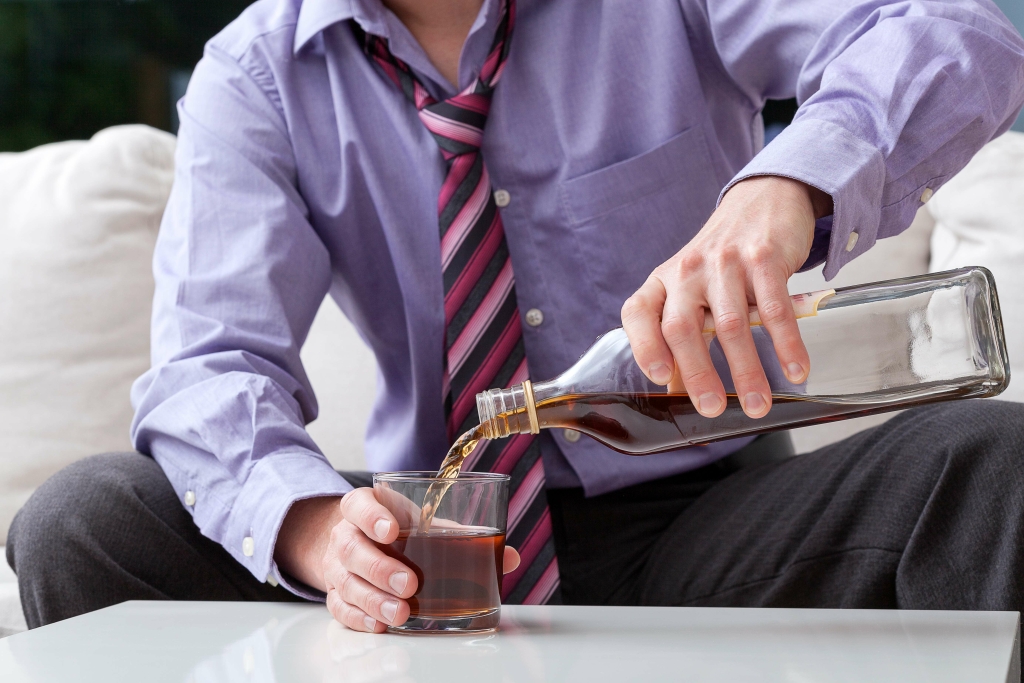Whereas tonic processes may dictate initial susceptibility to relapse, its occurrence is determined largely by phasic responses–proximal or transient factors that serve to actuate (or prevent) a lapse. Phasic responses include cognitive and affective processes that can fluctuate across time and contexts–such as urges/cravings, mood, or transient changes in outcome expectancies, self-efficacy, or motivation. Additionally, momentary coping responses can serve as phasic events that may determine whether a high-risk situation culminates in a lapse. Substance use and its immediate consequences (e.g., impaired decision-making, the AVE) are additional phasic processes that are set into motion once a lapse occurs.
I have lost all that time,” which can trigger a self-destructive mindset and potentially lead to further relapse. We can’t keep our urges from occurring, nor can we change past events in which we have acted on them. We can use our experiences to help others by telling them how relapse and abstinence violation effect caused us torment. If we can keep others from making the same mistakes, our experiences will serve a wonderful purpose. The memories of our slips may always sting a bit, but at least we can sleep easy at night knowing that we used them to do some good. There is a large literature on self-efficacy and its predictive relation to relapse or the maintenance of abstinence.
Related terms:
Compared to a control group, those who practiced self-control showed significantly longer time until relapse in the following month. Lack of consensus around target outcomes also presents a challenge to evaluating the effectiveness of nonabstinence treatment. Experts generally recommend that SUD treatment studies report substance use as well as related consequences, and select primary outcomes based on the study sample and goals (Donovan et al., 2012; Kiluk et al., 2019). While AUD treatment studies abstinence violation effect commonly rely on guidelines set by government agencies regarding a “low-risk” or “nonhazardous” level of alcohol consumption (e.g., Enggasser et al., 2015), no such guidelines exist for illicit drug use. Thus, studies will need to emphasize measures of substance-related problems in addition to reporting the degree of substance use (e.g., frequency, quantity). Despite the growth of the harm reduction movement globally, research and implementation of nonabstinence treatment in the U.S. has lagged.
- Not out of the same warped practicality mentioned above, but because they simply feel as if they are hopeless.
- Getting out of a high-risk situation is sometimes necessary for preserving recovery.
This model has received a good deal of empirical support and has the merit of dismantling the process of relapse and exploring subjective and cognitive variables in a manner that has important treatment implications. Unfortunately, there has been little empirical research evaluating this approach among individuals with DUD; evidence of effectiveness comes primarily from observational research. As outlined in this review, the last decade has seen notable developments in the RP literature, including significant expansion of empirical work with relevance to the RP model.
Critiques of the RP Model
With the right help, preparation, and support, you and your loved ones can still continue to build a long-lasting recovery from substance abuse. These patterns can be actively identified and corrected, helping participants avoid lapses before they occur and continue their recovery from substance use disorder. For instance, a person recovering from alcohol use disorder who has a drink may feel a sense of confusion or a lack of control and they may make unhealthy attributions or rationalizations to try to define and understand what they’re doing. AVE also involves cognitive dissonance, a distressing experience people go through when their internal thoughts, beliefs, actions, or identities are put in conflict with one another.

The therapist also can use examples from the client’s own experience to dispel myths and encourage the client to consider both the immediate and the delayed consequences of drinking. Such positive outcome expectancies may become particularly salient in high-risk situations, when the person expects alcohol use to help him or her cope with negative emotions or conflict (i.e., when drinking serves as “self-medication”). In these situations, https://ecosoberhouse.com/ the drinker focuses primarily on the anticipation of immediate gratification, such as stress reduction, neglecting possible delayed negative consequences. The terms “relapse” and “relapse prevention” have seen evolving definitions, complicating efforts to review and evaluate the relevant literature. Definitions of relapse are varied, ranging from a dichotomous treatment outcome to an ongoing, transitional process [8,12,13].
Relapse Prevention
In the case of a suspected health problem, please contact your healthcare provider. The producers, contributors, sponsors, editors, and authors of RehabCenter.net have no responsibility or obligation to anyone (person or entity) for any harmful consequences that may happen, directly or indirectly, as a result of the content or information provided on RehabCenter.net. Contrasting this, the aforementioned negative mindsets can lead to a cycle of blame and shame. Instead of looking at the slip as an opportunity to grow and learn, a person lets it color the way they think about themselves. An individual who believes they’ve failed and violated their sobriety goals may begin to think that they’re not good enough to be considered a true abstainer.

A relapse is a sustained return to heavy and frequent substance use that existed prior to treatment or the commitment to change. A slipup is a short-lived lapse, often accidental, typically reflecting inadequacy of coping strategies in a high-risk situation. According to the self-regulation theory, the abstinence violation effect is one of the possible lapse-activated responses that contributes to self-regulation failure (Baumeister & Heatherton, 1996). Within this theory, lapse-activated responses are described as a class of behaviors that emerge after an initial failure of self-regulation, a lapse.
Abstinence violation effect can be overcome, but it is far better to avoid suffering AVE in the first place. Enroll in Amethyst Recovery, and you’ll learn the skills you need to practice effective relapse prevention. Sometimes, it begins from the very moment we even consider the notion of using again.
- Conversely, people with ineffective coping responses will experience decreased self-efficacy, which, together with the expectation that alcohol use will have a positive effect (i.e., positive outcome expectancies), can result in an initial lapse.
- Relapse is most likely in the first 90 days after embarking on recovery, but in general it typically happens within the first year.
- This stage is characterized by a tug of war between past habits and the desire to change.
- Abstinence rates became the primary outcome for determining SUD treatment effectiveness (Finney, Moyer, & Swearingen, 2003; Kiluk, Fitzmaurice, Strain, & Weiss, 2019; Miller, 1994; Volkow, 2020), a standard which persisted well into the 1990s (Finney et al., 2003).
- Persons who regained weight indicated lifestyle imbalance or experiencing a life event, lack of perseverance, negative emotional state, abstinence violation effect, decrease in motivation and indulgence as most important recurrent predictors.